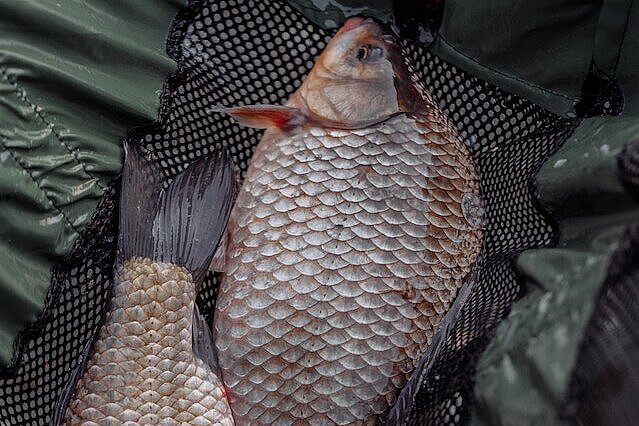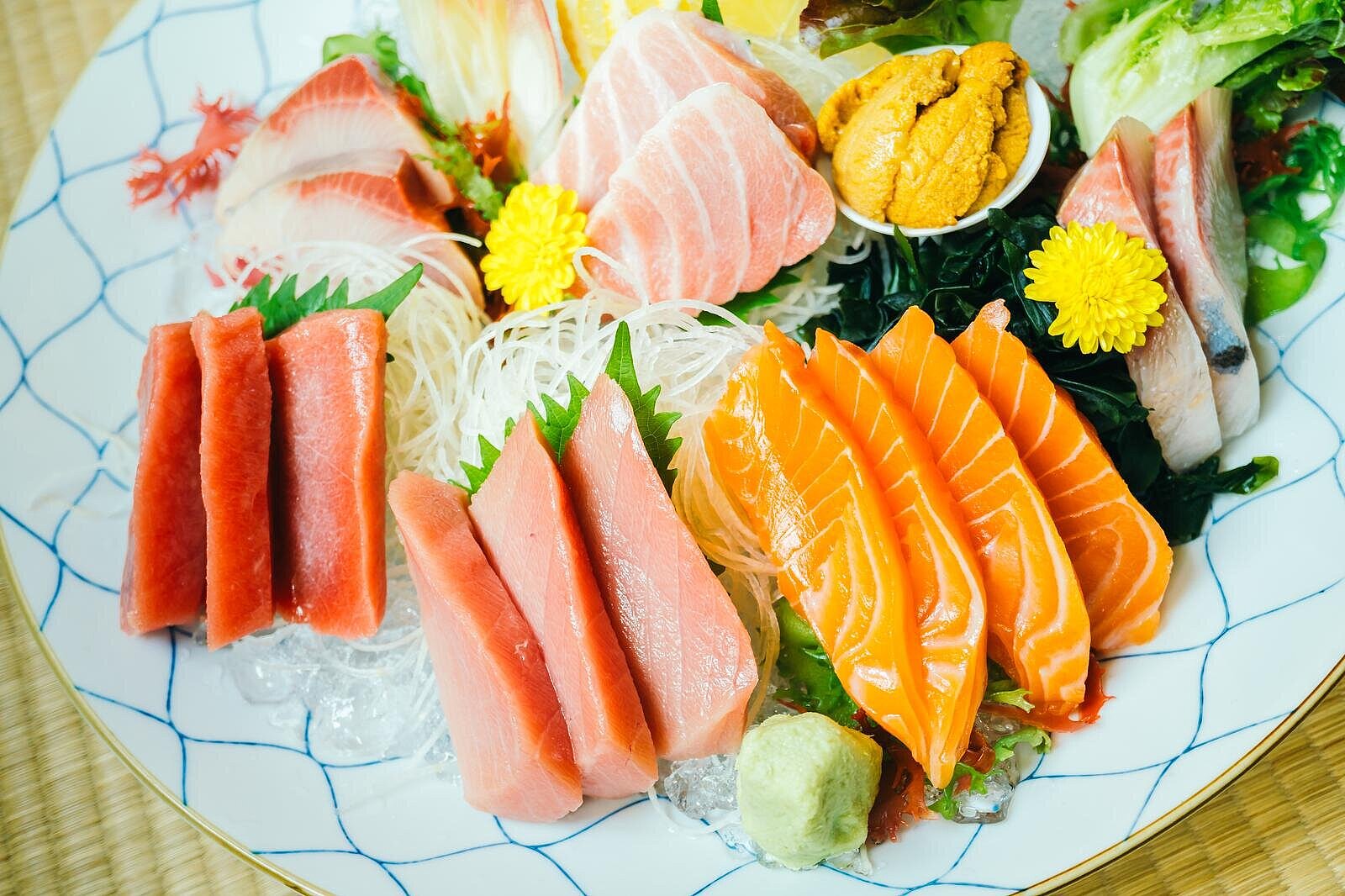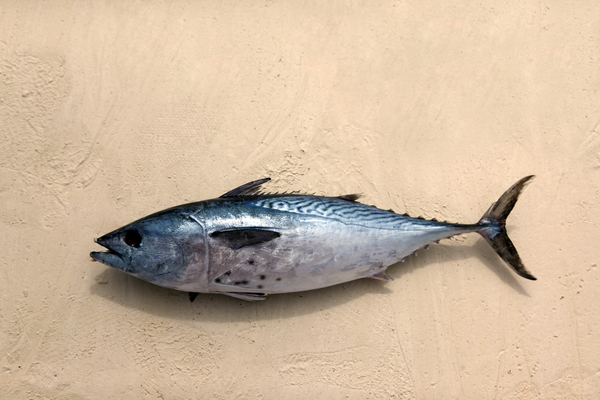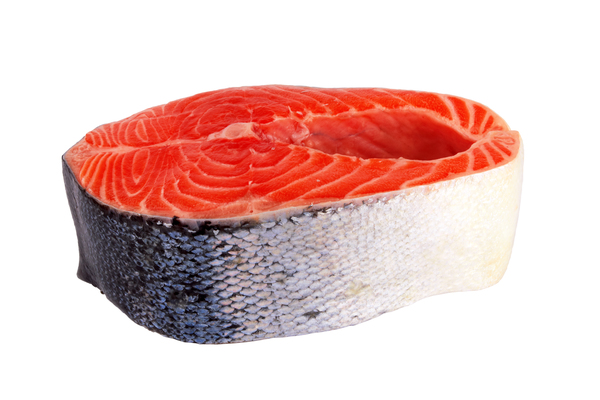Spike fish
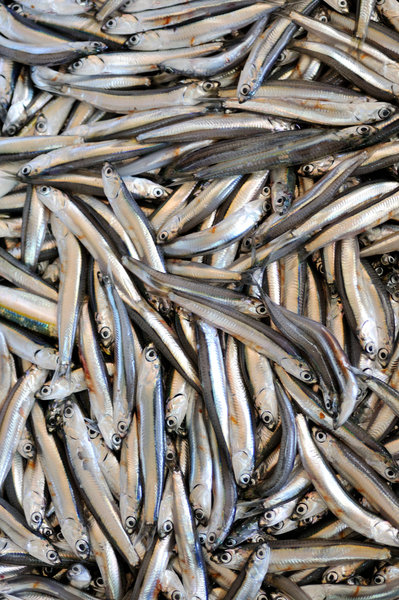
Fish is a healthy and varied source of protein for dogs. It contains lots of vitamins, minerals and omega-3 fatty acids, which are good for the skin, coat, heart and brain. But what is grain fish and how can you feed it to your dog?
What is spike minnow?
Spined loach is a small species of fish found in fresh and brackish water. It belongs to the carp family and has a long, slender body with a silvery color. It is also known as aland, orfe or nerfling. Spined loach is a popular edible fish for humans, but is also suitable for dogs.
How do you feed spikefish to dogs?
Spikefish can be fed to dogs raw or cooked. However, it should always be fresh or frozen to ensure good quality. If you're feeding your dog barefoot, you can give him whole ear fish, which he can eat with skin and bones. The bones are soft enough not to cause injury. However, you should make sure that your dog chews the fish well and does not devour it. If you feed your dog ready-made food, you can give him spikey fish as a supplement or reward. You can either cut it into small pieces or puree it and mix it into the food. You can also cook it and use it as a treat.
What are the benefits of ear fish for dogs?
Spike fish has many benefits for dogs. It is a lean source of protein that is low in fat and calories. It is therefore good for dogs that want to lose or maintain their weight. It is also rich in omega-3 fatty acids, which have an anti-inflammatory effect and promote skin, coat, heart and brain health. It also contains many vitamins, such as vitamins A, B, D and E, as well as minerals, such as iron, calcium, magnesium and zinc, which are important for the immune system, bones, muscles and nerves.
What are the disadvantages of grain fish for dogs?
Spike fish also has some disadvantages for dogs. It is one of the fish species that contain the enzyme thiaminase. This enzyme destroys vitamin B1 in the dog's body, which is important for energy metabolism, nerve function and digestion. A vitamin B1 deficiency can lead to loss of appetite, weight loss, weakness, cramps and nerve damage. To avoid this, you should not feed your dog grain fish too often and always combine it with other foods rich in vitamin B1, such as meat, eggs or yeast. You should also make sure that your dog does not have an allergy or intolerance to fish. Some dogs react to fish with itching, diarrhea or vomiting. If this is the case, you should not give your dog spike fish or other types of fish.
Grain fish is a healthy and varied source of protein for dogs that has many health benefits. However, it should not be fed too often and always in combination with other foods to avoid a vitamin B1 deficiency.
Properties 7
Are you looking for other ingredients with a specific property?
Just click on them to find more.
If you notice any signs of hypersensitivity or poisoning in your dog, you should see your vet immediately. We are not a substitute for a vet, but we try to be as accurate as possible. Every dog reacts differently and we recommend you get a second opinion or consult your vet if in doubt.
Stay healthy and take good care of your four-legged friend!😊
Similar to Spike fish
Carp is a freshwater fish that belongs to the bony fish family. It has an elongated body with large scales and a strong mouth. Carp can grow up to 120 cm long and weigh 40 kg. They feed mainly on...
Fish is a collective term for all animals that live in water and have gills. There are many different types of fish, which differ in size, shape, color and habitat. Fish are vertebrates and usually...
Tuna is a large, fast and powerful fish that can be found in all the world's oceans. It belongs to the mackerel family and can grow up to three meters long and weigh 600 kilograms. Tuna is mainly...
Salmon are fish that live in cold waters and feed mainly on plankton, crustaceans and smaller fish. There are different types of salmon, for example Atlantic salmon, Pacific salmon or salmon trout....
